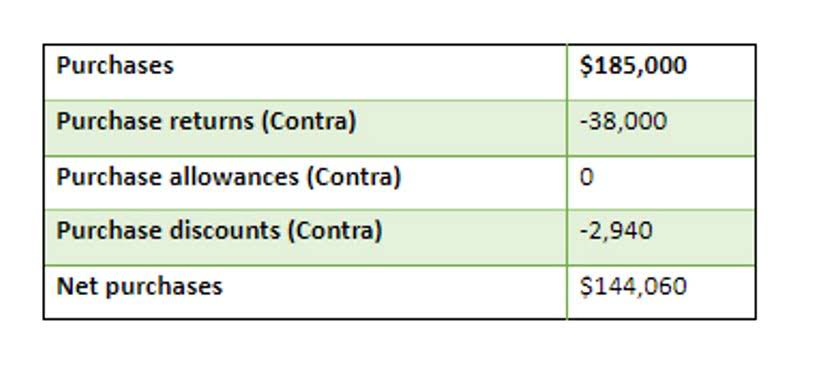The quantities involved are usually significant enough to evaluate changes in cost. An increase or decrease in the volume of goods produced translates to costs of goods manufactured (COGM). To determine the change in costs, simply deduct the production costs incurred during the first output run from the production costs in the next batch when output has increased. It also includes increments in any fixed costs such as overhead, administrative, and selling.
However, marginal costs can start to increase as companies become less productive and suffer from diseconomies of scale. It is at this point where costs increase and they eventually meet marginal revenue. It comes from the cost of production and includes both fixed and variable costs.
Marginal Cost Calculator
Therefore, it can be measured by changes to what expenses are incurred for any given additional unit. Begin by entering the starting number of units produced and the total cost, then enter the future number of units produced and their total cost. As a company starts to increase production, it initially benefits from improved efficiencies and better utilization of fixed resources, resulting in a fall how to calculate marginal cost in marginal cost. Here, the Marginal Cost of the 101st unit is $2,220, reflecting the additional costs incurred due to variable cost changes. As we can see, Marginal Cost can be significantly impacted by external factors, such as a surge in demand for materials. Alternatively, the business may be suffering from a lack of cash so need to sell their products quickly in order to get some cash on hand.
Understanding this U-shaped curve is vital for businesses as it helps identify the most cost-efficient production level, which can enhance profitability and competitiveness. Fixed costs are expenses that remain constant, regardless of the production level or the number of goods produced. Marginal cost pricing is where the selling company reduces the price of its goods to equal marginal cost. In other words, it reduces the price so much that it no longer makes a profit on it.
The Impact of Fixed vs. Variable Costs on Marginal Cost
Marginal cost, on the other hand, refers to the additional cost of producing another unit and informs cost pricing, but it isn’t the same thing. For example, if a small business’s marginal cost https://www.bookstime.com/ for an additional product is $20, the product’s price should be more than $20 to make a profit. Excel’s simple subtraction and division functions can handle total cost and quantity changes.
This means that the marginal cost of each additional unit produced is $25. In our illustrative example, the marginal cost of production comes out to $50 per unit. The total change in cost is $5k, while the total change in production is 100 units. Understanding the relationship between changes in quantity and changes in costs results in informed decisions when setting production targets.
How to Calculate Marginal Cost
On the other hand, average cost is the total cost of manufacturing divided by total units produced. The average cost may be different from marginal cost, as marginal cost is often not consistent from one unit to the next. Marginal cost is reflective of only one unit, while average cost often reflects all unit produced. Marginal cost is the expenses needed to manufacture one incremental good. As a manufacturing process becomes more efficient or economies of scale are recognized, the marginal cost often declines over time.
- The distance of the beginning point of the SRTC above the origin represents the fixed cost – the vertical distance between the curves.
- At some point, the marginal cost rises as increases in the variable inputs such as labor put increasing pressure on the fixed assets such as the size of the building.
- If you make 500 hats per month, then each hat incurs $2 of fixed costs ($1,000 total fixed costs / 500 hats).
- Businesses may experience lower costs of producing more goods if they have what are known as economies of scale.
- To determine the changes in quantity, the number of goods made in the first production run is deducted from the volume of output made in the following production run.
- This can be illustrated by graphing the short run total cost curve and the short-run variable cost curve.
- The marginal cost formula can be useful in financial modeling to arrive at the optimum level of production required to ensure a positive impact on the generation of cash flow.


